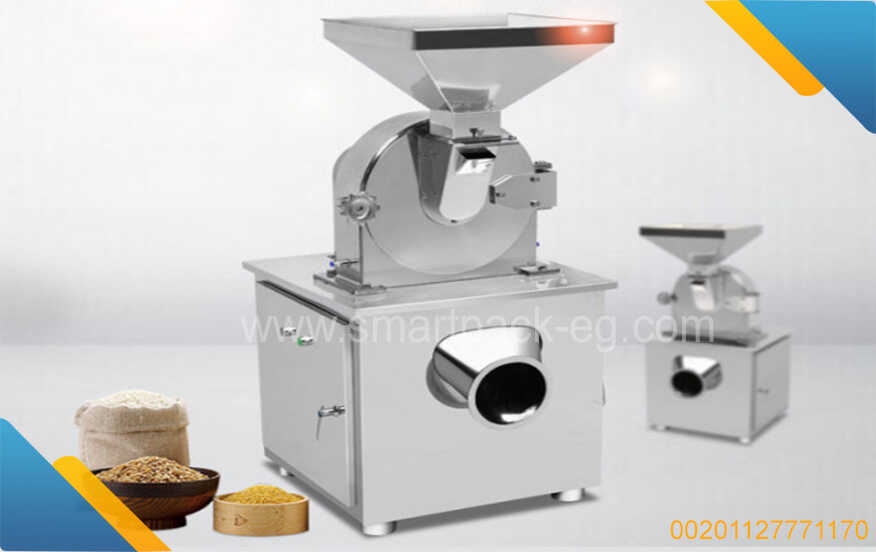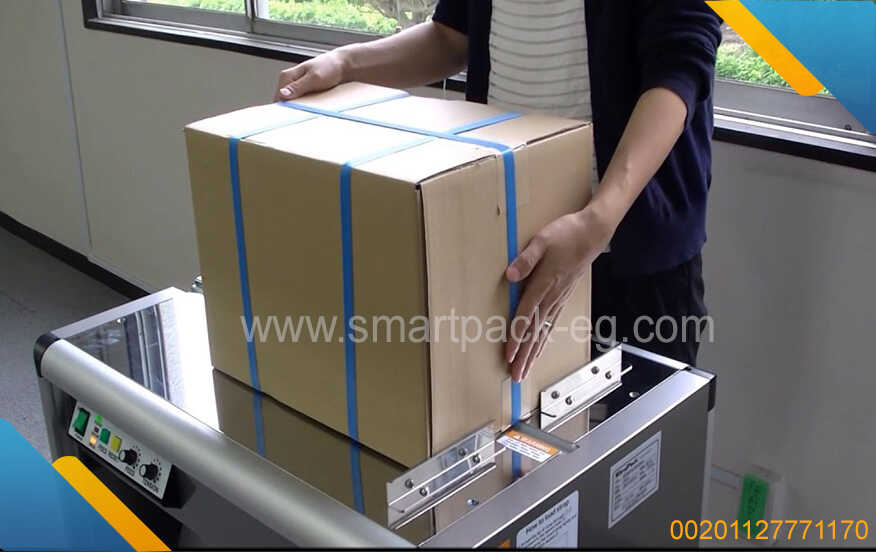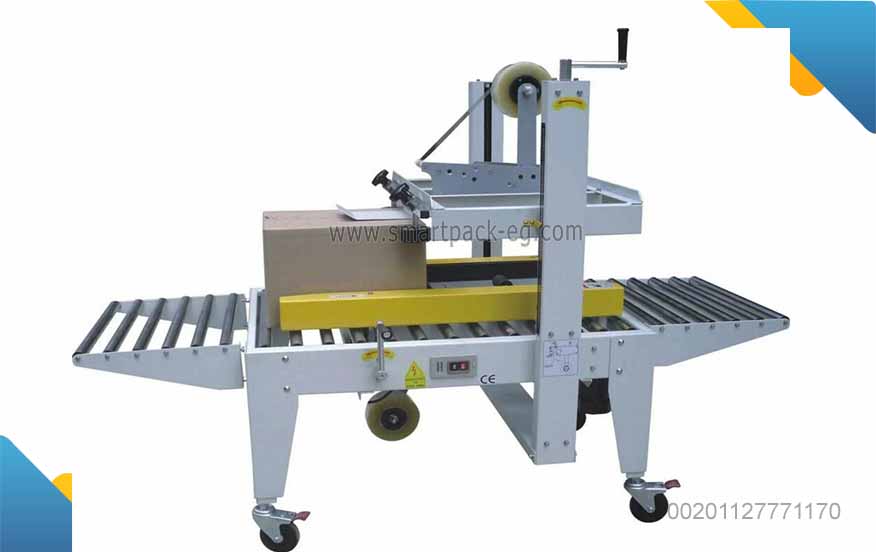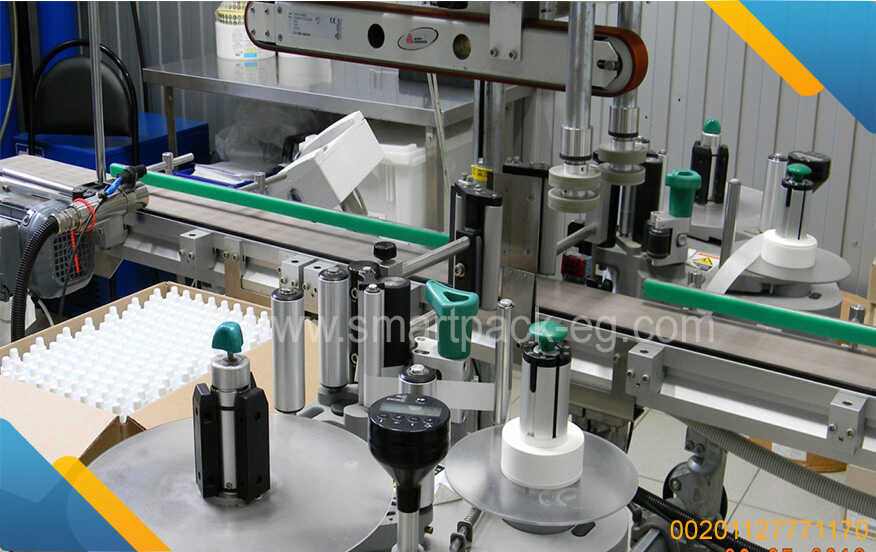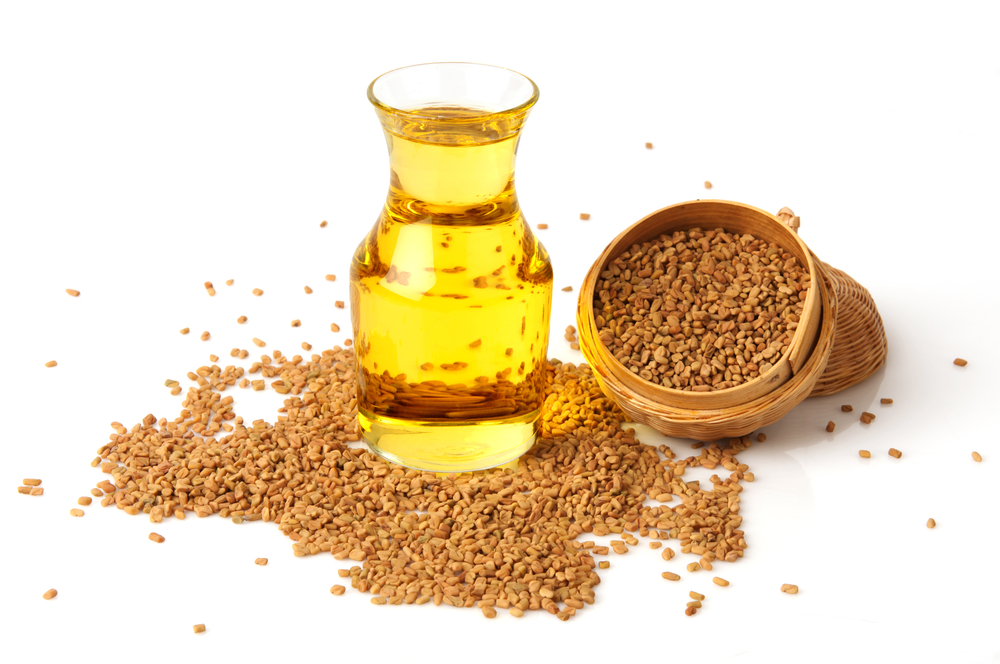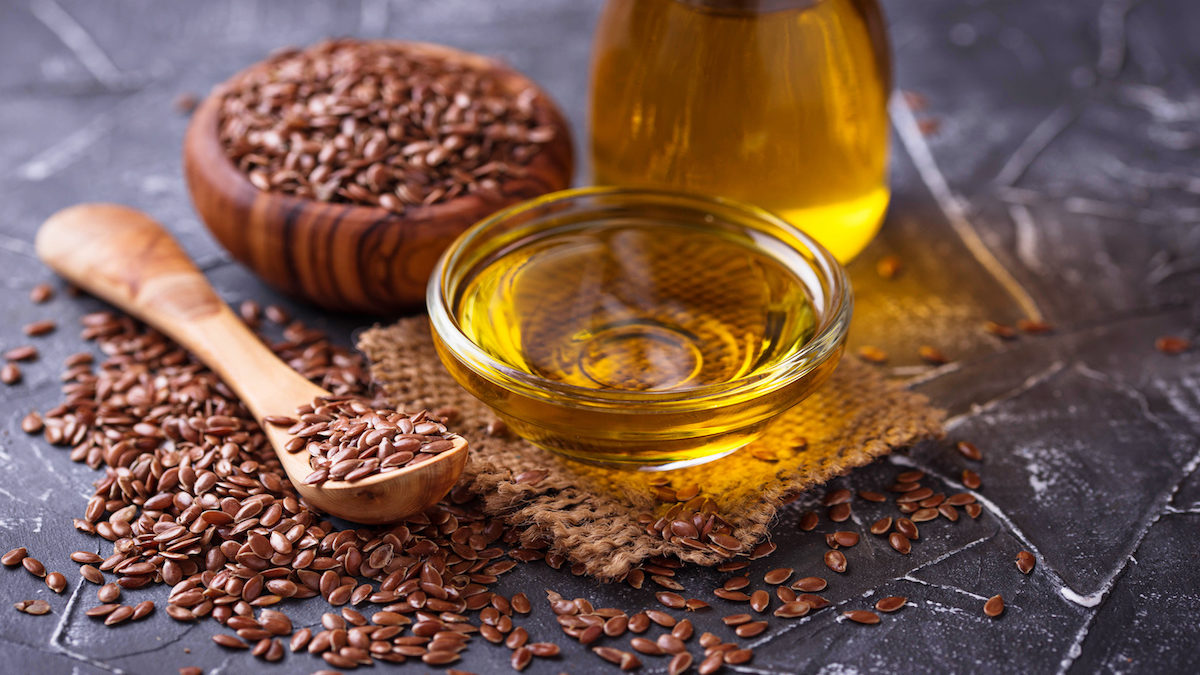How to Guide: Peanut Oil Production and Packing Plant Machines and Components
Introduction:
Peanut oil is a popular cooking oil extracted from peanuts. Setting up a peanut oil production and packing plant requires careful planning and the right machines and components. In this guide, I will walk you through the process of establishing a peanut oil production and packing plant and discuss the essential machines and components you will need.
Step 1: Conduct Market Research
Before starting a peanut oil production and packing plant, it is crucial to conduct thorough market research. Understand the demand for peanut oil in your target market and identify potential competitors. Assess the potential profitability and feasibility of your venture.
Step 2: Acquire Suitable Space
Identify a location for your plant that meets your production requirements and has ample space for machinery and storage. Ensure that the space meets the industrial safety and environmental regulations of your jurisdiction.
Step 3: Procure and Install Essential Machines and Components
To establish a peanut oil production and packing plant, you will require the following essential machines and components:
-
Peanut Oil Extraction Machine: This machine is used to extract oil from peanuts. It includes processes such as crushing, cooking, and pressing.
-
Oil Refining Machine: After extraction, the oil needs to be refined for better quality and longer shelf life. The oil refining machine helps remove impurities and enhances the oil's clarity and flavor.
-
Filter Press: A filter press is used to filter out any remaining impurities or solid particles from the refined oil. It ensures the final product meets the desired quality standards.
-
Peanut Oil Filling Machine: This machine is used for the packing and bottling of peanut oil. It does the filling, sealing, and labeling of bottles, ensuring efficient packaging processes.
-
Conveyor Systems: Conveyor systems are essential for the smooth flow of raw materials and finished products throughout the production and packing plant.
-
Storage Tanks: Storage tanks are required to store both raw materials (peanuts) and the final product (peanut oil) in a safe and secure manner.
-
Packaging Materials: Choose suitable packaging materials such as bottles, cans, or pouches to package the peanut oil. Ensure the packaging is attractive and ensures product freshness.
Step 4: Ensure Compliance with Safety and Quality Standards
Adhere to all safety regulations while setting up the plant and during its operations. Also, ensure your production and packing processes meet the quality standards set by regulatory authorities.
Step 5: Ensure Supply of Raw Materials
Establish a reliable supply chain for raw materials, primarily peanuts. Ensure the peanuts used are of high quality and free from contaminants.
Step 6: Implement Quality Control Measures
Establish a quality control system to monitor every stage of production and packing. Regularly test the oil for quality, freshness, and shelf-life. Continuously improve your processes to meet customer expectations.
Step 7: Market and Distribute Peanut Oil
Develop a marketing and distribution strategy to sell your peanut oil. Identify potential customers, such as restaurants, cafes, or grocery stores, and build relationships with them. Leverage online platforms and traditional marketing channels to promote your product.
Conclusion:
Setting up a peanut oil production and packing plant requires careful planning and investment. By following the steps outlined in this guide and using the essential machines and components mentioned, you can establish a successful operation. Remember to maintain high-quality standards, comply with regulations, and continuously seek to improve your processes. Good luck with your peanut oil production and packing venture!

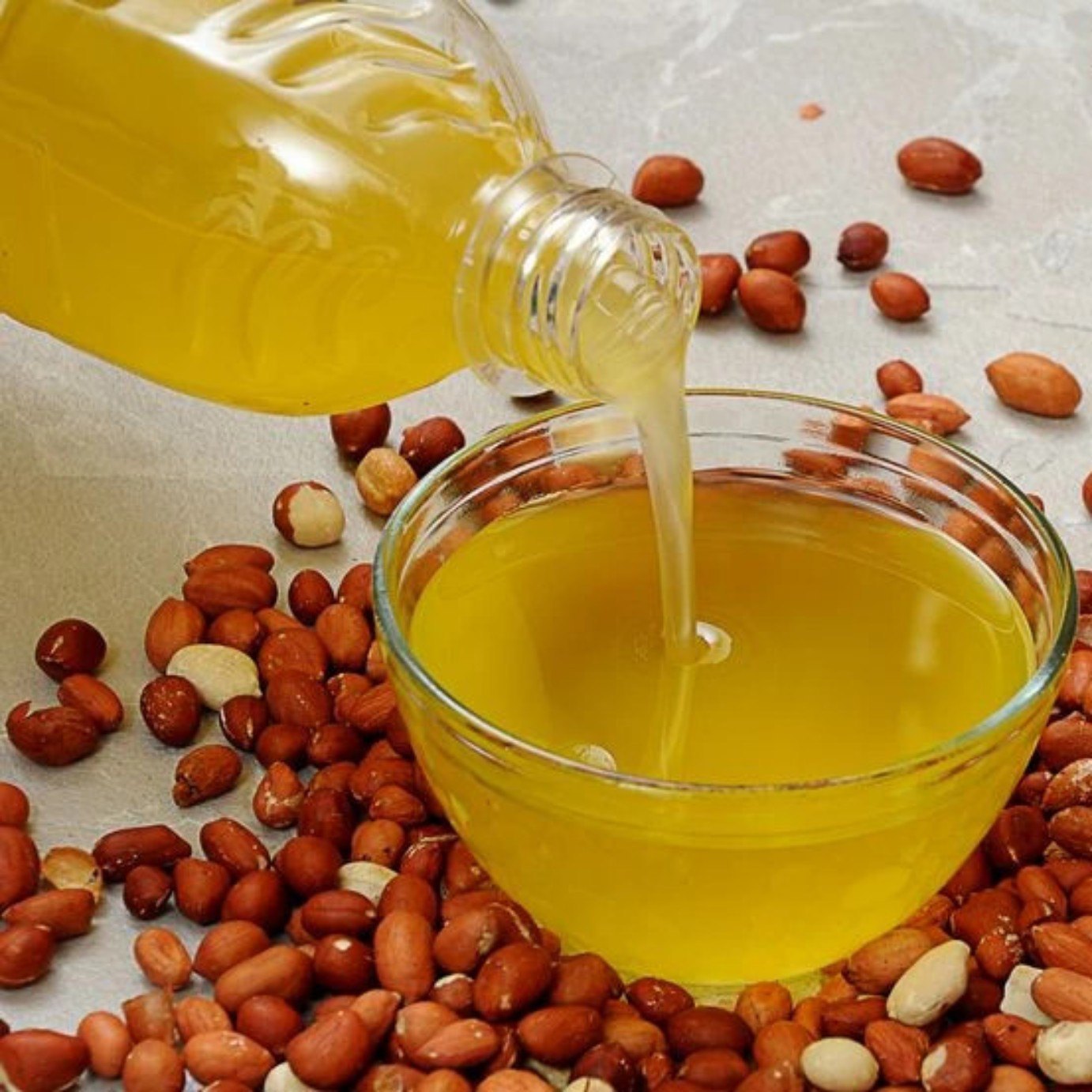
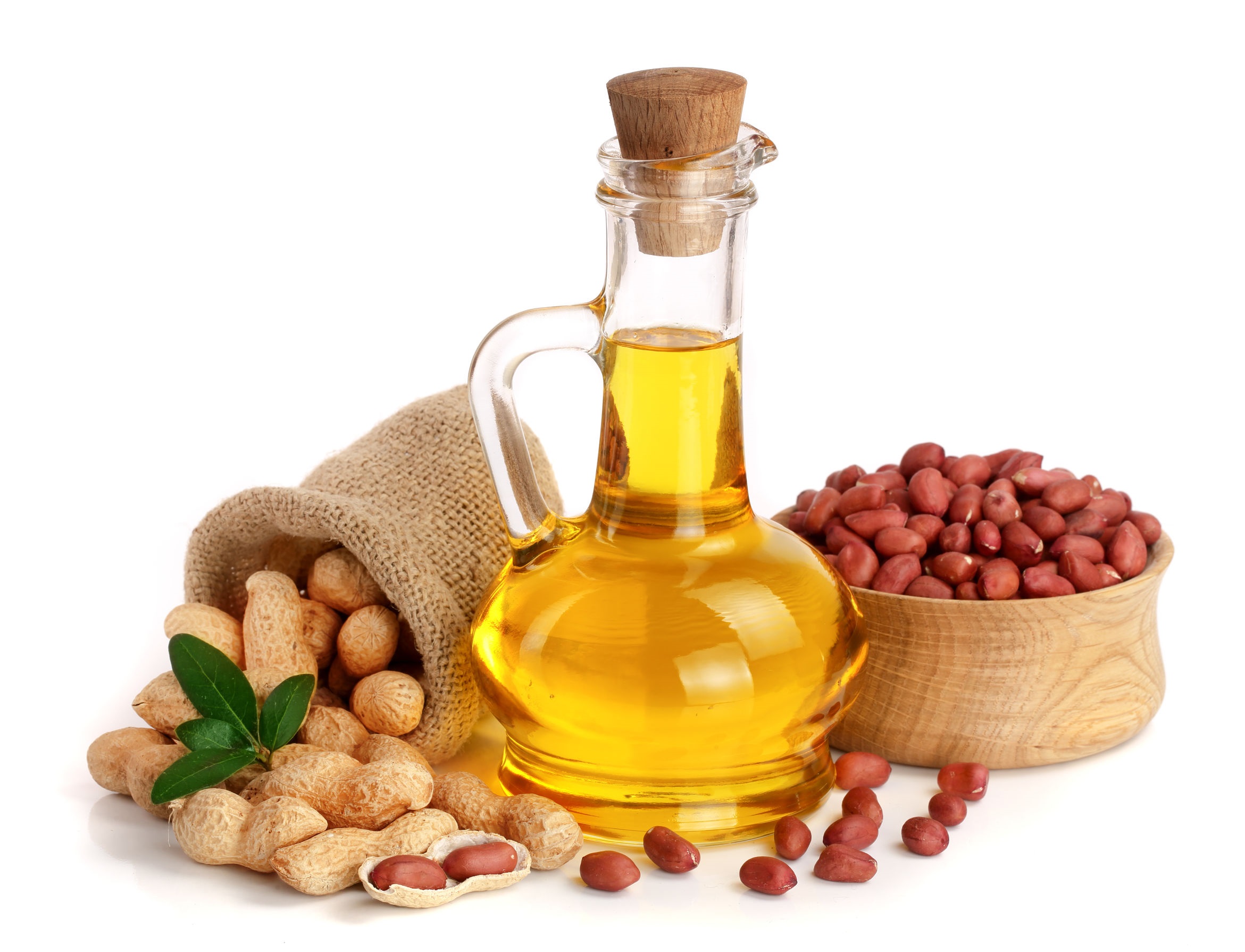
 Admin
Admin 